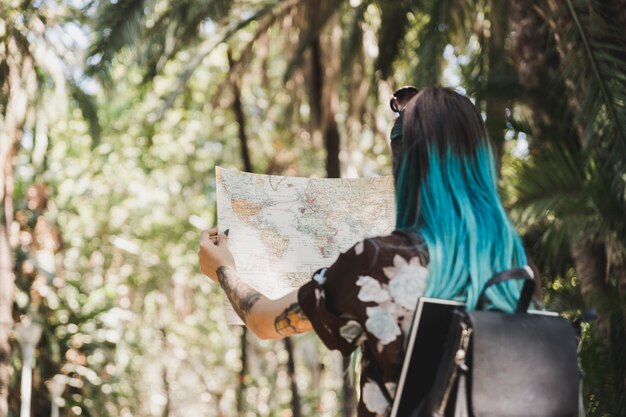Discovering the Fascinating Fun Facts about the Oregon Trail

The Oregon Trail was approximately 2,000 miles long.
It connected Missouri to Oregon and was used predominantly in the 19th century.
The journey along the trail typically took about five to six months.
The trail was primarily used by pioneers seeking new opportunities in the West.
Unlike today’s highways, the Oregon Trail did not have a fixed route.
More than 500,000 pioneers traveled the Oregon Trail between 1840 and 1869.
The trail’s main purpose was for settlers to establish farmland in the fertile Oregon territory.
The trail was filled with various hardships, including rough terrain, disease, and dangerous river crossings.
The trail was not just for families; many single men and women traveled it as well.
Pioneers often abandoned non-essential items along the trail to lighten their loads.
The Oregon Trail was not a single path but consisted of multiple routes.
The trail became extremely crowded during the gold rush era of the 1850s.
Native American tribes often offered assistance and guidance to the pioneers.
The trail passed through present-day states such as Nebraska, Wyoming, and Idaho.
Many pioneers lost their lives to accidents, illness, and attacks by Native Americans.
The trail played a significant role in American history and westward expansion.
Some pioneers used handcarts instead of traditional covered wagons to transport their belongings.
Discovering the Fascinating Fun Facts about the Oregon Trail part 2
The trail provided an opportunity for socializing and forming new communities.
Pioneers had to ford rivers, making them vulnerable to accidents and drownings.
Severe weather conditions, including snowstorms and extreme heat, added to the challenges of the journey.
Pioneers often traded goods and services along the trail.
The trail was officially established in 1842 when John Bidwell led the first wagon train.
The Oregon Trail was a symbol of hope for a better life in the West.
The trail served as a gateway to the Pacific Northwest.
Many historical landmarks and gravesites can be found along the Oregon Trail.
The trail has inspired numerous books, movies, and video games, keeping its memory alive.
Pioneers had to be self-sufficient, relying on their skills to live off the land.
Diseases such as cholera and dysentery claimed many lives on the trail.
Women played vital roles on the trail, taking care of children, cooking, and participating in decision-making.
The Oregon Trail had a significant impact on the cultural diversity of the western United States.
Pioneers encountered various wildlife, including bison, wolves, and prairie dogs.
The trail was initially discovered by fur trappers and traders.
The Oregon Trail became famous due to its role in the westward migration.
Many pioneers kept detailed diaries of their journey, providing valuable historical records.
The trail was not just for Americans; European immigrants also traveled it to seek a new life.
Pioneers often relied on hunting and fishing for food during the journey.
The journey along the Oregon Trail required careful planning and preparation.
Native Americans had mixed reactions to the pioneers, ranging from hostility to assistance.
Many pioneers faced financial difficulties and sold their possessions to fund the journey.
The Oregon Trail represents the spirit of adventure and the pursuit of a better future.
The trail served as a vital trade route for goods between the East and West coasts.
Pioneers faced constant threats from wild animals, such as bears and snakes.
The completion of the transcontinental railroad in 1869 diminished the importance of the Oregon Trail.
The trail’s route often changed due to natural obstacles or conflicts with Native American tribes.
The Oregon Trail remains a symbol of courage, resilience, and the American pioneer spirit.

